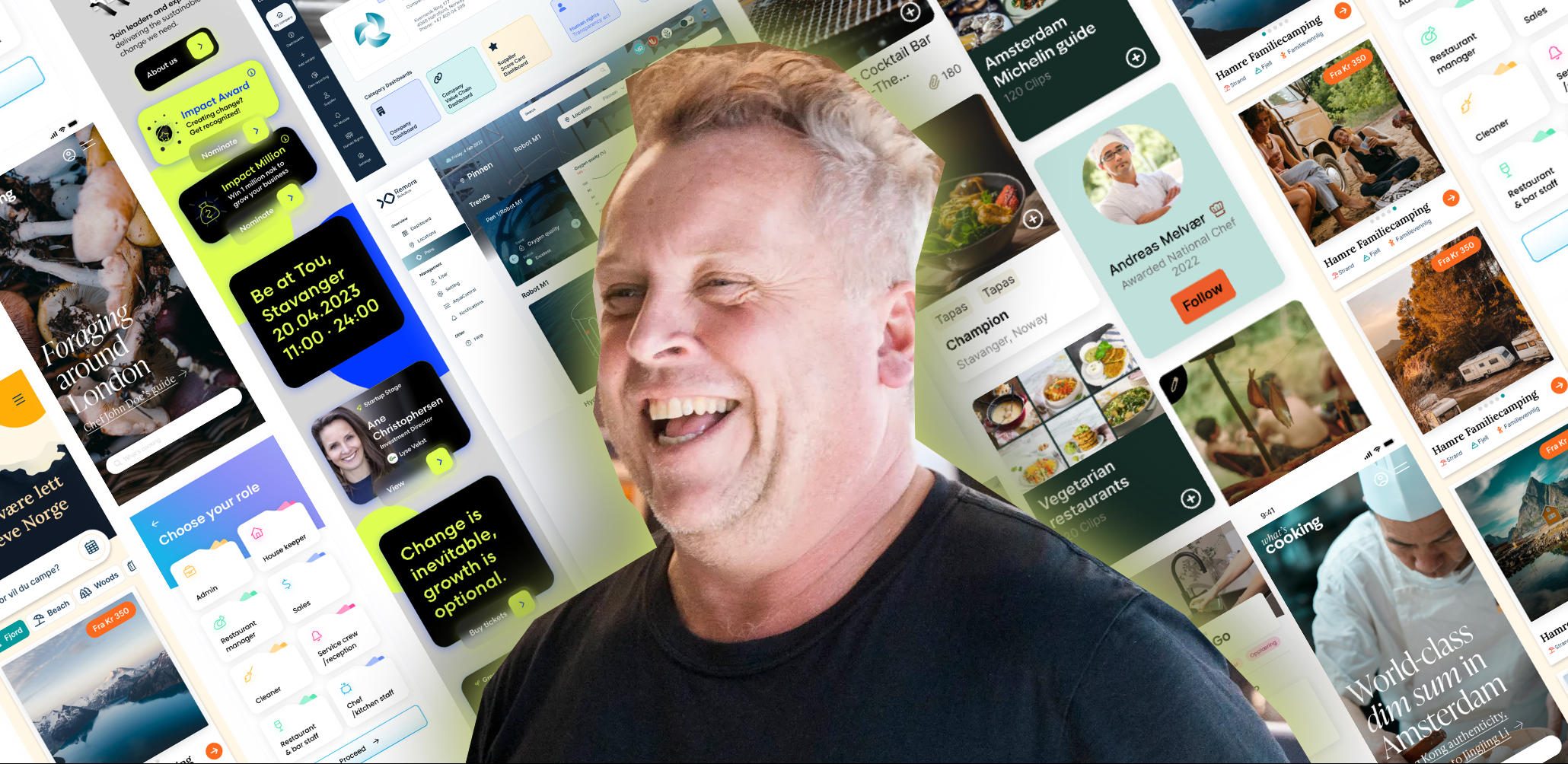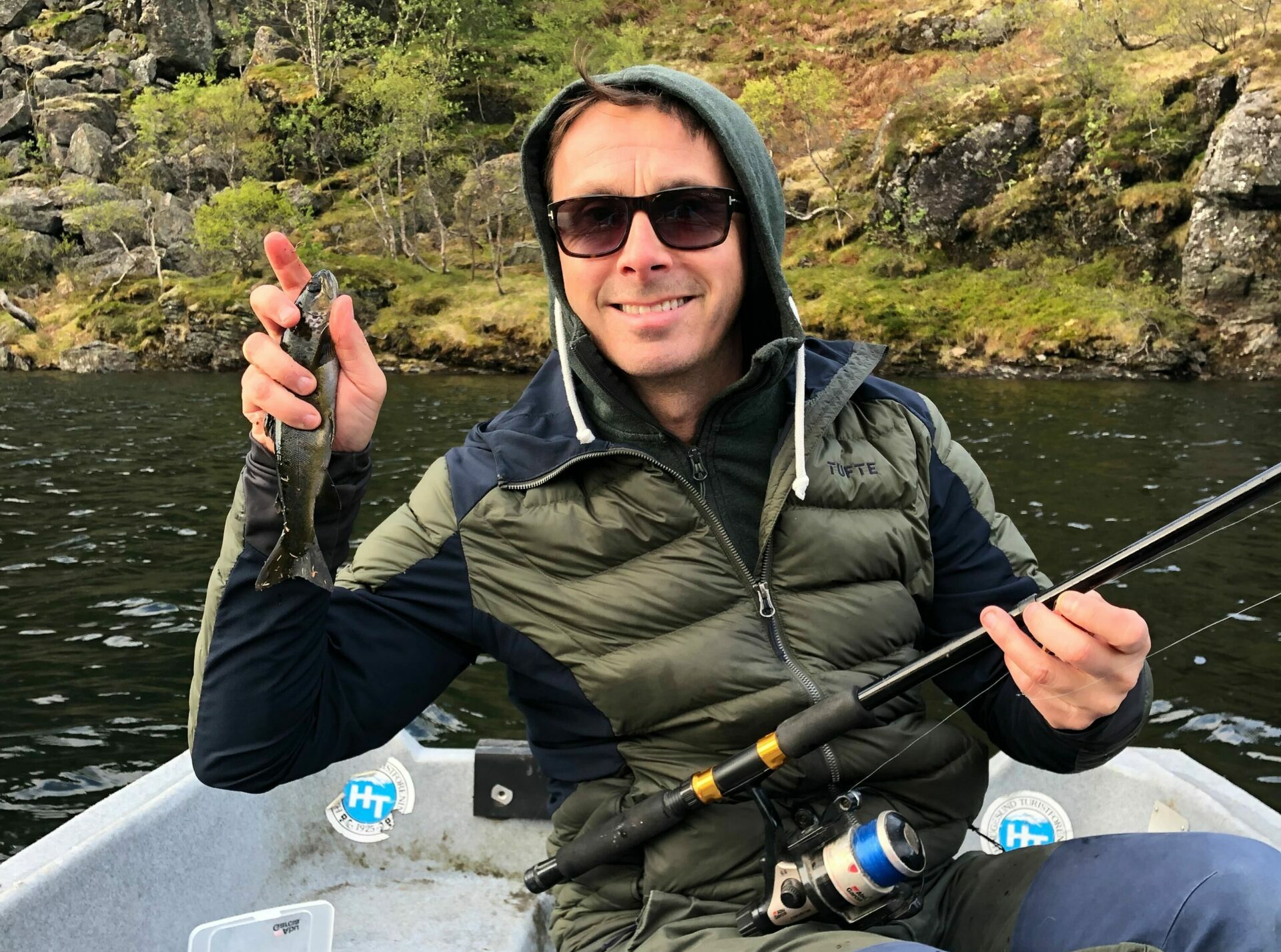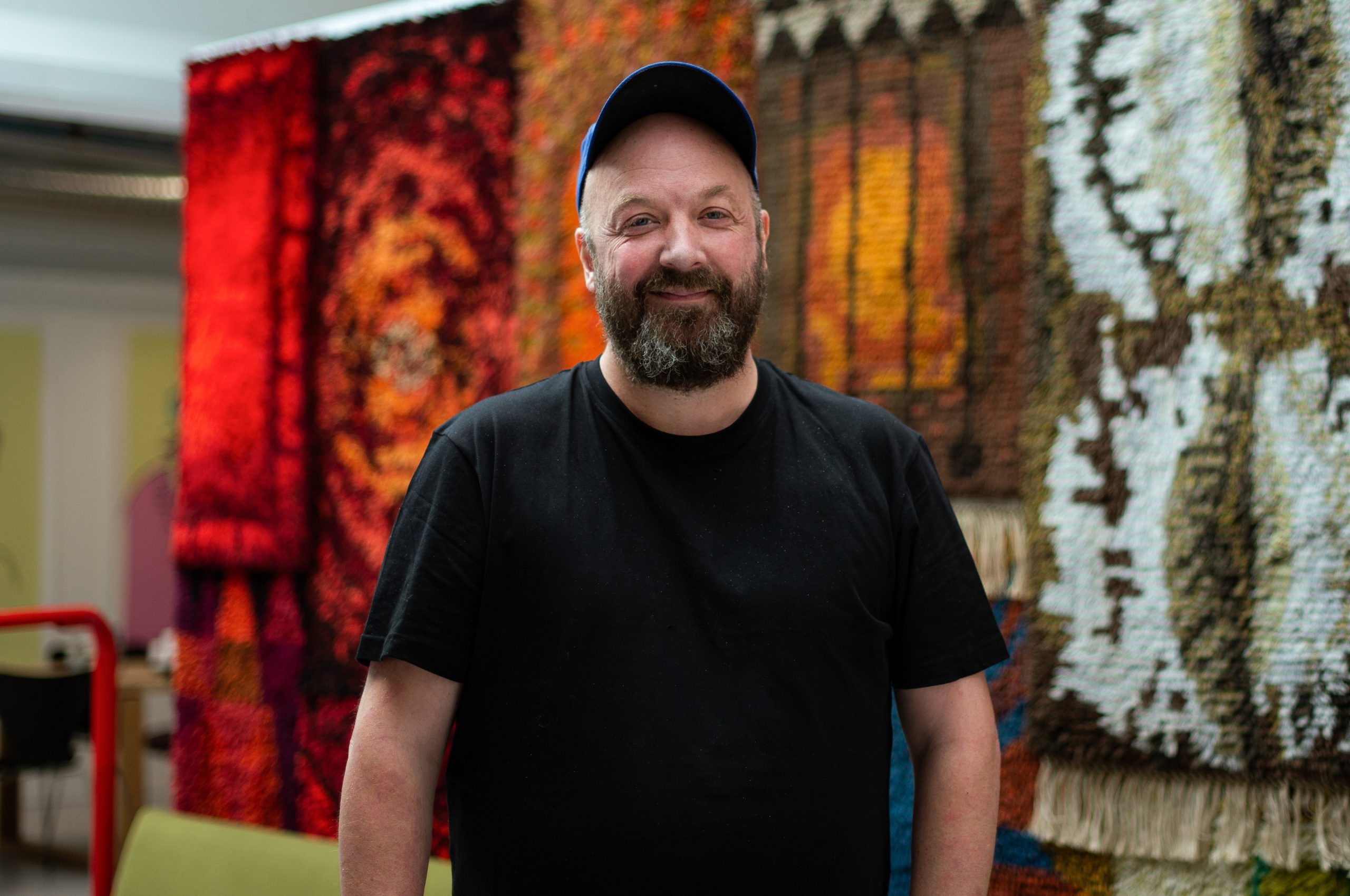Smpl is back from a sell out tour of London Tech Week! Our co-founder and bona fide tech mogul, Lasse Andresen, rocked London with three jam-packed events, explaining how to create a tech unicorn.
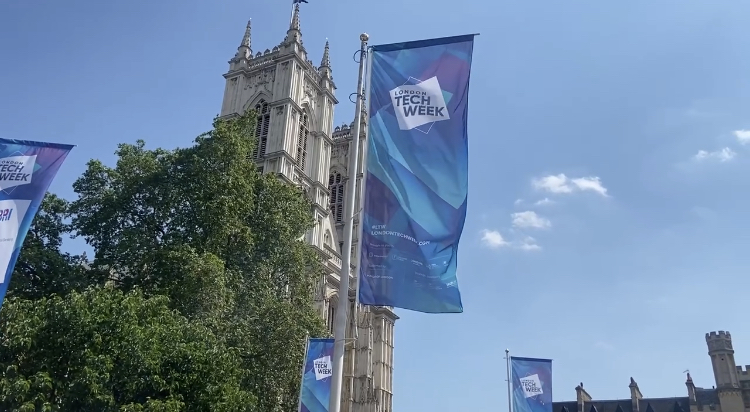
Lasse shared the story of how he built his own tech unicorn, Forgerock, from start-up to a $2.8bn stock market valuation.
Our resident tech mogul also focused on essential elements needed to both create and scale digital products and services, so London Tech Week entrepreneurs and innovators could follow in his footsteps.
In Lunch With A Unicorn: Part 1, Lasse explains 5 Essential Elements needed to create a digital product or service that people will love. He started with:
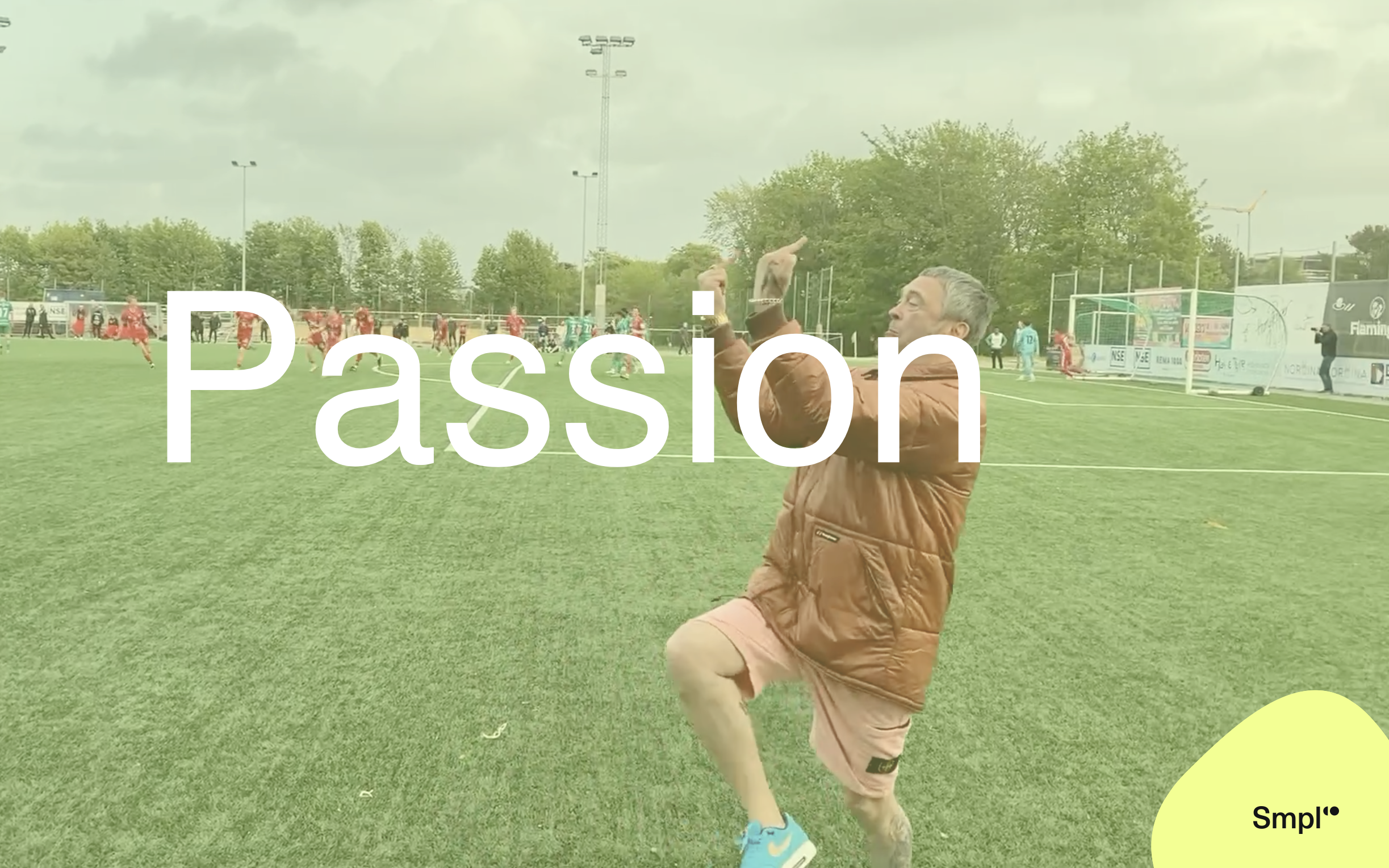
My first and most important lesson is you’ve got to have passion [Lasse says].
The rewards can be big, but the road for entrepreneurs and innovators is often a hard one.
So, the first thing you’ve got to do is ask yourself a crucial question: ‘Is this project something I am truly passionate about?’
The answer must be ‘yes’. Passion is what will get you out of bed each day and keep you fighting your way over every obstacle and through every setback.
And don’t worry if you’re not clear about what that passion is yet.
Running out of cash
I’ve been part of a lot of interesting start-ups and driven innovation is big companies too, but originally I just wanted to be a musician.
I played keyboards in a band but, unfortunately, the tab behind the bar was always bigger than the money we got for playing, so the business model didn’t scale. Instead, I had to do something else. I had to find somewhere else to direct that passion.

When music didn’t work out, I turned to my other passion: technology. And boy, did we need passion. Yes, we eventually listed Forgerock on the NASDAQ for almost $3bn, but it didn’t come easy.
We went without pay for two years. At one point we were pawning empty bottles so we didn’t run out of cash!
But we stuck with it because we believed in what were doing and we were deeply passionate about it.
We believed and so must you. You’ve got to be curious and tireless.
And by the way, I’ve never given up on my musical passion. There’s a reason that ForgeRock has the word ‘rock’ in there.

The second lesson is you’ve got to be all in on Plan A.
As a founder you can’t have a Plan B. If you are betting on Plan A and – at the same time – putting a Plan B together then you do not believe in what you’re doing.
And you’ll probably fail.
Near my home in Norway is the most famous place in Europe for BaSE jumping. When you go to the top of that mountain and you jump there is no Plan B. Just like those guys, you must focus and believe in what you’re doing.
Of course, you’re not going to win every time you roll the dice. But, based on the choices you make and what the data tells you about the result, you will evolve, learn, and change.
That will mean Plan A is constantly changing but it’s still Plan A. Having a Plan B is absolutely the wrong way to go. You’ve got to be all in.

Be honest: how well do you know your market and your potential customers?
If you do know them, that’s great. But it’s not enough. You’ve got to love them.
You’ve got to understand what their problems are and you’ve got to care enough to do everything you can to make their lives easier or better.
If you know all about your customers and you care enough about them, then you’re in a position to make a real difference in their lives – and they’ll reward you for that.
By doing so, you’ll avoid doing the one thing that is the quick death of so many companies: creating a solution that is in need of a problem.

I agree with Smpl’s head of development, Andras, who is always saying: ‘Don’t create a monster’.
You’ve probably got lots of ideas about all the great things your product or service is going to deliver.
But when you’re starting out you’ll need to strip everything back to find the core of your offering – the beating heart of your product or service.
This is your Minimum Viable Product, or MVP.
You need to restrict yourself to covering key functions and establishing hierarchies on which you can build everything else.
- What is at the core of your offer?
- What are the key tasks a user needs to perform?
- What journey will they need to take to perform those tasks?
- How do we make it as easy as possible for users to do that?
Everything else can come later.

As soon as you’ve got a good idea of where you’re going, its time to show it off.
You’ll need something tangible to impress your stakeholders with, as soon as possible.
Sadly, they can’t see inside your head (and who knows what they might find in there if they could?)
This is where prototypes come in. They are the antidote to the dreaded PowerPoint pitch…. The place where good ideas go to die.
Prototypes make such a difference, whether you’re a pre-seed start up or you’re innovating in a giant corporation. Among other things, they:
- bring an idea to life
- give you credibility with, and help gain buy-in from, stakeholders (particularly investors)
- help you focus on your USP (unique selling point)
- help you work out what your Minimum Viable Product (MVP) should be
The sheer power of prototypes is the reason we put our 5-day clickable prototype offer at the centre of any Smpl pitch to a client. It would be wrong not to.

Onwards
That just about covers the key thing you need to focus on to create a digital product or service that people will love.
If you take these five lessons to your heart, you can’t go too far wrong.
Once you’ve got all these pieces in place then you’ll be ready to build and scale your firm…. and take over the world.
Lasse.
